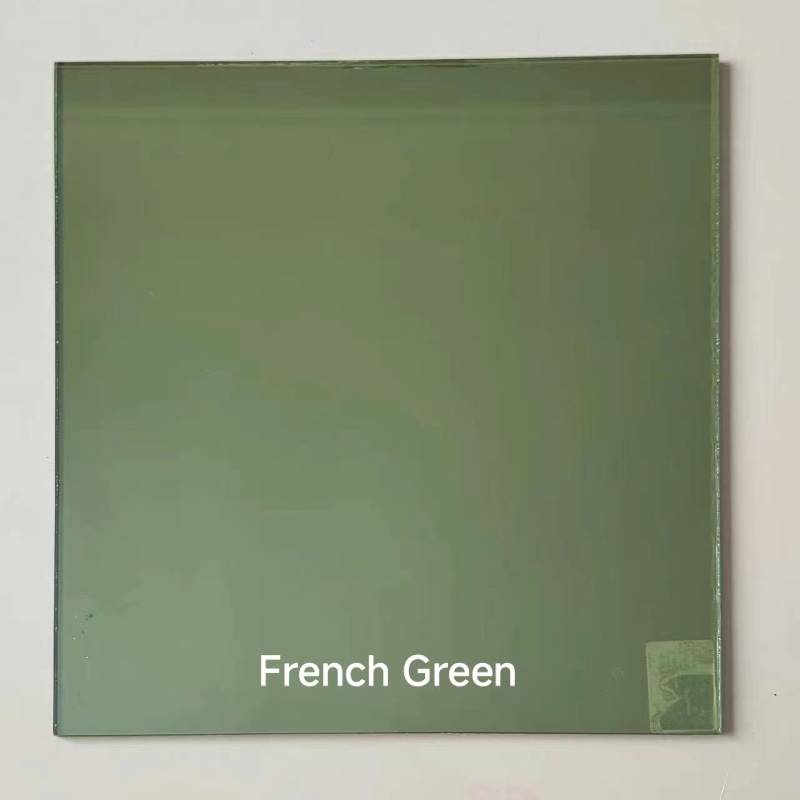

The Evolution and Applications of Patterned Toughened Glass
Patterned toughened glass, a remarkable innovation in architectural and design materials, offers a unique blend of strength, aesthetics, and functionality. This glass is extensively used in various sectors, including commercial and residential construction, automotive industries, and decorative designs. As we delve into its evolution and applications, we uncover the remarkable characteristics that make patterned toughened glass a preferred choice for contemporary designs.
What is Patterned Toughened Glass?
Patterned toughened glass is created by subjecting standard glass sheets to a heat treatment process, rendering them significantly stronger than regular glass. The 'patterned' aspect can be achieved through different techniques, such as acid etching, sandblasting, or the use of patterned rollers during the glass manufacturing process. These techniques not only enhance the glass's aesthetic appeal but also add to its structural integrity.
The toughening process involves heating the glass to high temperatures and then rapidly cooling it, a technique known as tempered glass production. This process increases the glass’s strength, making it resistant to impact, thermal stress, and even shattering. When broken, toughened glass crumbles into small, blunt pieces, reducing the risk of injury, which is crucial in both public and private spaces.
Aesthetic Appeal and Versatility
One of the primary attractions of patterned toughened glass is its aesthetic versatility. This type of glass can be produced in myriad patterns, colors, and textures, allowing architects and designers to use it creatively in their projects. From contemporary offices to traditional homes, patterned toughened glass can complement various architectural styles and personal aesthetics.

Applications are abundant
. In commercial settings, patterned toughened glass can be used for facades, partitions, and lobby areas to create an impression of modernity and professionalism while allowing natural light to permeate the space. In residential design, it serves as elegant shower doors, decorative dividers, and even furniture components, adding an element of sophistication to interiors.Functional Benefits
Beyond aesthetics, patterned toughened glass serves practical functions. Its ability to diffuse light while maintaining privacy makes it an excellent choice for bathroom windows or office partitions. Moreover, the durability of toughened glass makes it a low-maintenance option; it withstands harsh weather conditions, reducing the need for frequent replacements or repairs.
In the automotive industry, patterned toughened glass is employed in side windows and sunroofs, where safety and aesthetics must coexist. The reduction in glare and the enhanced visual appeal play crucial roles in the overall user experience and safety in vehicles.
Future Directions
As the demand for sustainable building materials grows, the glass industry is also seeking innovative ways to produce patterned toughened glass with less environmental impact. Research is ongoing to develop eco-friendly production processes and utilize recycled materials, ensuring that this beautiful and strong material aligns with modern sustainability goals.
In conclusion, patterned toughened glass is a testament to the seamless integration of form and function in design. Its strength, versatility, and aesthetic appeal make it an invaluable resource in numerous applications, from architecture to automotive design. As technology continues to advance, we can expect further innovations in this field, enhancing the role of patterned toughened glass in creating sustainable, beautiful, and safe environments for the future. Whether in a sleek skyscraper or a cozy home, its presence adds a touch of elegance that is both practical and visually striking.